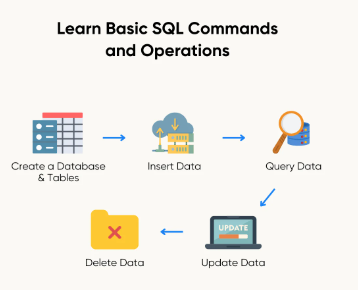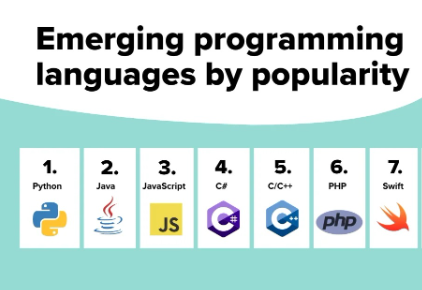
What is SQL? | Databases and Data Handling Made Easy
Have you ever wondered how websites store your login info, online stores track orders, or apps save your progress?
Behind the scenes, SQL is quietly doing the heavy lifting.
In this blog, you’ll learn what SQL is, why it matters, where it’s used, and how to write your first SQL queries—in plain English.
What Is SQL?
SQL stands for Structured Query Language. It’s the standard language used to interact with databases. You can use SQL to:
- Store data
- Retrieve data
- Update data
- Delete data
If a database is a digital filing cabinet, SQL is the way you open drawers, look inside, and rearrange files.
What Is a Database?
A database is an organized collection of data. It can store:
- User information (like usernames, emails, passwords)
- Product lists in an online store
- Student records at a university
- Orders and transactions for a business
Databases are typically managed using Relational Database Management Systems (RDBMS) like:
- MySQL
- PostgreSQL
- SQLite
- Microsoft SQL Server
- Oracle DB
SQL works with all of these systems to manage the data efficiently.
What Can SQL Do?
Here are some of the most common things SQL is used for:
| Task | SQL Command Example |
| Retrieve data | SELECT * FROM users; |
| Add new data | INSERT INTO users VALUES (…); |
| Update existing data | UPDATE users SET name=’Ali’; |
| Delete data | DELETE FROM users WHERE id=1; |
| Filter results | SELECT * FROM users WHERE age > 25; |
| Sort results | SELECT * FROM users ORDER BY name; |
SQL Syntax Basics (With Examples)
Let’s say we have a “users” table with this structure:
| id | name | age |
| 1 | Sarah | 25 |
| 2 | Ahmed | 30 |
Here’s how you would interact with it using SQL:
SELECT (Get Data)
SELECT * FROM users;
This gets all the rows and columns from the users table.
INSERT (Add Data)
INSERT INTO users (name, age) VALUES (‘Ayesha’, 22);
UPDATE (Edit Data)
UPDATE users SET age = 26 WHERE name = ‘Sarah’;
DELETE (Remove Data)
DELETE FROM users WHERE name = ‘Ahmed’;
SQL is all about talking to your database in a structured way.
Where Is SQL Used in Real Life?
SQL is everywhere—whether you see it or not.
Web Applications
- User data (login, registration, preferences)
- Product listings (e-commerce)
- Blog posts and comments (like on WordPress)
Mobile Apps
- Saving offline progress in games or apps
- Storing settings, user history
Business Software
- Employee management systems
- Inventory control
- Payroll and HR tools
Data Analysis
- Used by data analysts and data scientists to query large datasets
- Works with tools like Excel, Tableau, Power BI
Want to learn a beginner-friendly language for logic? Check out Python for Beginners
Tools You Can Use to Practice SQL
- SQLite Browser – A simple tool to explore databases
- MySQL Workbench – Popular for professional SQL environments
- Online playgrounds – Try SQL in-browser at:
Why Learn SQL?
- Beginner-friendly: Simple English-like commands
- Career-boosting: Essential for web dev, data analysis, backend dev
- In-demand: Used by startups, large enterprises, and everything in between
SQL is one of the most requested skills in tech job postings worldwide.
Bonus: Try This SQL Challenge
Imagine you have a “students” table:
SELECT name FROM students WHERE marks > 80;
This would return names of all students scoring above 80.
Want more hands-on practice? Let me know and I’ll create an SQL quiz for you!


